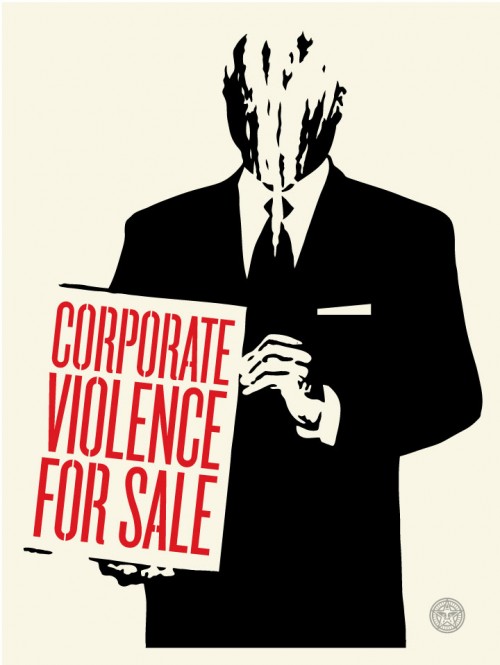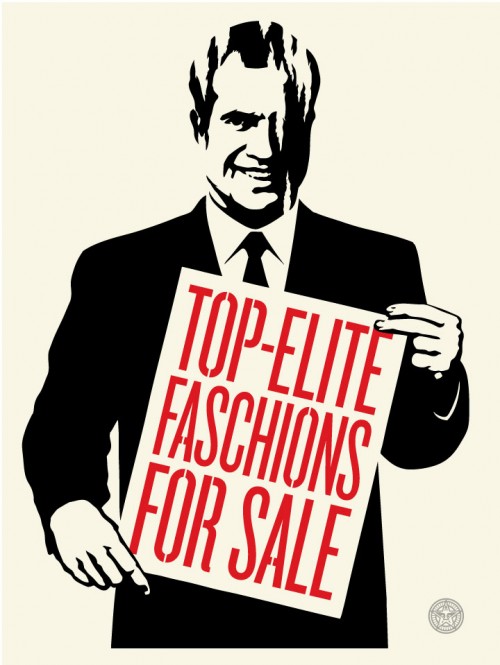Reagan and Friends Upcoming Print Releases
When writing about the Reagan and friends posters I forgot to mention that I was inspired to do the IT’S MOURNING IN AMERICA print by seeing Reagan’s “It’s Morning In America” ad in my friend Antonino’s film Let Fury Have The Hour. I remember seeing the ad in 1983-1984 when Reagan was running for re-election, but Antonino’s film put it in powerful historical perspective. I highly recommend seeing Let Fury Have The Hour. The film is incredibly intelligent, inspiring, insightful, and historically informative in terms of its analysis of oppressive politics and the creative response of the counter-culture. Ian MacKaye is a highlight, but so many of my heroes demonstrate their merit in the film it is overwhelming. I felt more optimistic and energized after seeing the film than I have in a good while. They can crush the human, but they can’t crush the human spirit. If that sentiment resonates with you in the least, YOU NEED TO SEE Let Fury Have The Hour!
-Shepard
click below for more info from Antonino.
Writer/filmmaker/visual artist Antonino D’Ambrosio traces the movement of creative response and world citizenship in his feature film Let Fury Have the Hour. Using mixed media, graphic art, design, music, and animation, D’Ambrosio brings together a wide array of over 50 writers (Edwige Danticat), playwrights (Eve Enlser), artists (Shepard Fairey), filmmakers (John Sayles), musicians (Chuck D, Boots Riley, Ian MacKaye, Wayne Kramer, Tom Morello, Eugene Hutz), skateboarders (Tommy Guerrero), dancers (Elizabeth Streb), scientists (Jonah Lehrer), economists (Richard Wolff), environmentalists (Van Jones), poets (Staceyann Chin), doctors (Imran Malik), human rights advocates (Farah Tanis, Jack Healey), and many others who use use creative-response as a counterpoint to the politics of fear, power, individualism, and cynicism that have come to define and dominate our politics and culture. The film covers three decades beginning in1980 and the era of reactionary politics initiated by President Ronald Reagan here in the U.S. and Prime Minister Margaret Thatcher in the U.K., which now define our current political and cultural environment. D’Ambrosio presents punk, street art, skateboarding and hip-hop as the creative-responses that countered these reactionary politics and helped define a new movement that thrives today. The film asks key questions: are we going backwards/or are we going forwards?, what kind of world do you want to live in? and what are you going to do about it?
A lot of people are frustrated with the economy and are blaming Obama for the slow recovery. Obama inherited the results of 30 years of mostly bad legislation that created the perfect storm for the financial meltdown of 2008. I am releasing a new series of prints inspired by the big lie the right wing is trying to sell… that deregulating and giving tax breaks to corporations and the wealthiest individuals will stimulate economic growth. Thanks to the Supreme Court, these powerful corporations can now finance campaigns and ads in the shadows.
It all started to go wrong with Reagan. Every president leaves a legacy, but in my opinion none have left a legacy so skewed by rosy nostalgia, and so damaging to this day, as Ronald Reagan. Reagan was pro-big business and anti-working class and anti-union (he fired all of the striking air traffic controllers). His economic policies known as Reaganomics collectively led not only to the buildup of a massive budget deficit, thanks to large increases in military spending coupled with huge tax cuts, but also laid the groundwork for an economic crisis. If it all ended in 1989 when he left office it would have been bad enough, but Republicans were so enamored with Reagan and Reaganomics that they tried it again under George W. Bush, with similarly disastrous consequences.
When Reagan took office, he laid out an economic plan with four pillars: reduce the growth of government spending, cut taxes, reduce regulation and get inflation under control. Republicans love to point to inflation control as one of Reagan’s big accomplishments, but it was actually the policies of Paul Volcker, the chairman of the Federal Reserve, that brought down inflation by raising interest rates. The higher interest rates led to a recession in 1981 and ‘82, but that was followed by a sharp rebound, which Republicans also attribute to Reagan (as in the “it’s morning again in America” ad ) but was actually Volcker again, who cut interest rates when inflation was in check.
The tax-cutting aspect of Reaganomics, or what Reagan’s advisors called “supply-side economics,” was really just a rebranding of the “trickle-down” theory that giving huge tax breaks to corporations and the wealthiest individuals will stimulate economic growth, which will in turn benefit the lower classes. Theoretically, the tax breaks will boost profits so much that businesses will contribute more tax dollars than before, despite the lower rate, and in the process of growing business they’ll create more jobs and raise salaries. It’s a nice theory, but the only thing it accomplished in reality was fattening the pockets of businesses and investors—which was fine for the industry lobbyists who strongly advocated for the policy. The way the Reagan administration structured its tax proposals, creating tax shelters for real estate and oil leaseholders and opening up loopholes that virtually eliminated corporate income tax, there was no way for the theory to work. Nothing trickles down when you put a stopper in the drain.
One of the major lies behind Reaganomics was that it was an effort to reduce the federal government’s burden on the American people. While he did lower taxes across the board, the middle-class cuts were an illusion created to make the upper-class cuts more palatable. Reagan’s own budget director, David Stockman, described the middle-class cuts as “a Trojan horse to bring down the top rate” . Reagan later passed the Tax Reform Act of 1986, which was supposed to reduce tax deductions and close loopholes, but it hit the middle class hard while having relatively little effect on the rich.
Reagan didn’t deregulate nearly as much as W. did, but he signed legislation that gave banks much more freedom to control the terms of mortgages. That piece of legislation opened things up for the savings and loan crisis from 1986 to 1991 that cost taxpayers $130 billion. It also opened the door for all the subprime, zero-down mortgages that led to the recent housing crash and financial crisis.
As for reducing government spending, it’s true that he did slow the growth rate, but he did so while sharply raising the military’s budget and slashing social programs. Between 1980 and 1987 he raised defense spending by nearly 50 percent, adding over $1.5 trillion to the Pentagon’s tab (and getting us incidents like Iran-Contra and the $600 toilet seat ). Meanwhile, as just one example of his social cuts, he chopped the budget of the Department of Housing and Urban Development from $32 billion in 1981 to $7.5 billion in 1988. Meanwhile, homelessness in the U.S. reached epidemic proportions. When asked about the homeless problem in 1988, he replied that the homeless “make it their own choice for staying out there.” What a guy.
Next Print Release: “Legislative Influence for Sale”, see details below.

18 x 24″ Screen Print Signed and Numbered Edition of 450 on off-white paper (not the usual Speckletone). $55. A portion of the proceeds go to a campaign finance reform organization. Release Date: 5/24/2011 at a random time HERE.
The following prints (same edition size and price) will be released separately in the coming weeks:



